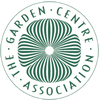You will need:
- A pot (with a minimum internal size of 45 x 45cm, or roughly 70 to 90 litres volume) with generous drainage holes to allow for an adequate volume of compost.
- A Rose suited to your needs
- Compost – enough John Innes and Multipurpose that can be mixed 50/50 (allow 1.5x litres more than the size of your container, as compost is sold loose, not firmed)
- David Austin Mycorrhizal Planting mix and David Austin Rose Food
- Crocking material to aid drainage
How to:
- Place the pot in its final location, ideally on gravel or pot feet to ensure the pot can drain freely
- We recommend a piece of mesh that will stop insects using the drainage hole to get in and out of the pot.
- Add crocks to the bottom of your pot, (this can be broken pots or anything that holds the drainage holes open and will not decompose), this will ensure adequate drainage throughout life of the planting.
- Begin filling your pot with a blend of John Innes No. 3 Potting Compost and multi-purpose compost with added Mycorrhizal mix.
- As you fill the pot, lightly firm the compost as you go, occasionally placing the rose into the pot until the surface of the Rose’s compost is 1” below the lip of the pot (this gap aids watering). At this point, invert the rose and tap lightly on a solid surface to loosen the root ball from the pot, then remove the rose
- from the pot, being careful not to disturb the root ball.
- You can then place the rose into the container, angling it to sit straight and present its best face to the angle you will view it from. Continue filling the pot with the compost & Mycorrhizal mix, firming as you go, but do not bury the rose union (the knobbly bit at the base of the rose bush), although you can add gravel as a surface dressing to the top of the pot.
- Finally, give your newly planted rose a thorough watering, allowing moisture to penetrate throughout the container.













